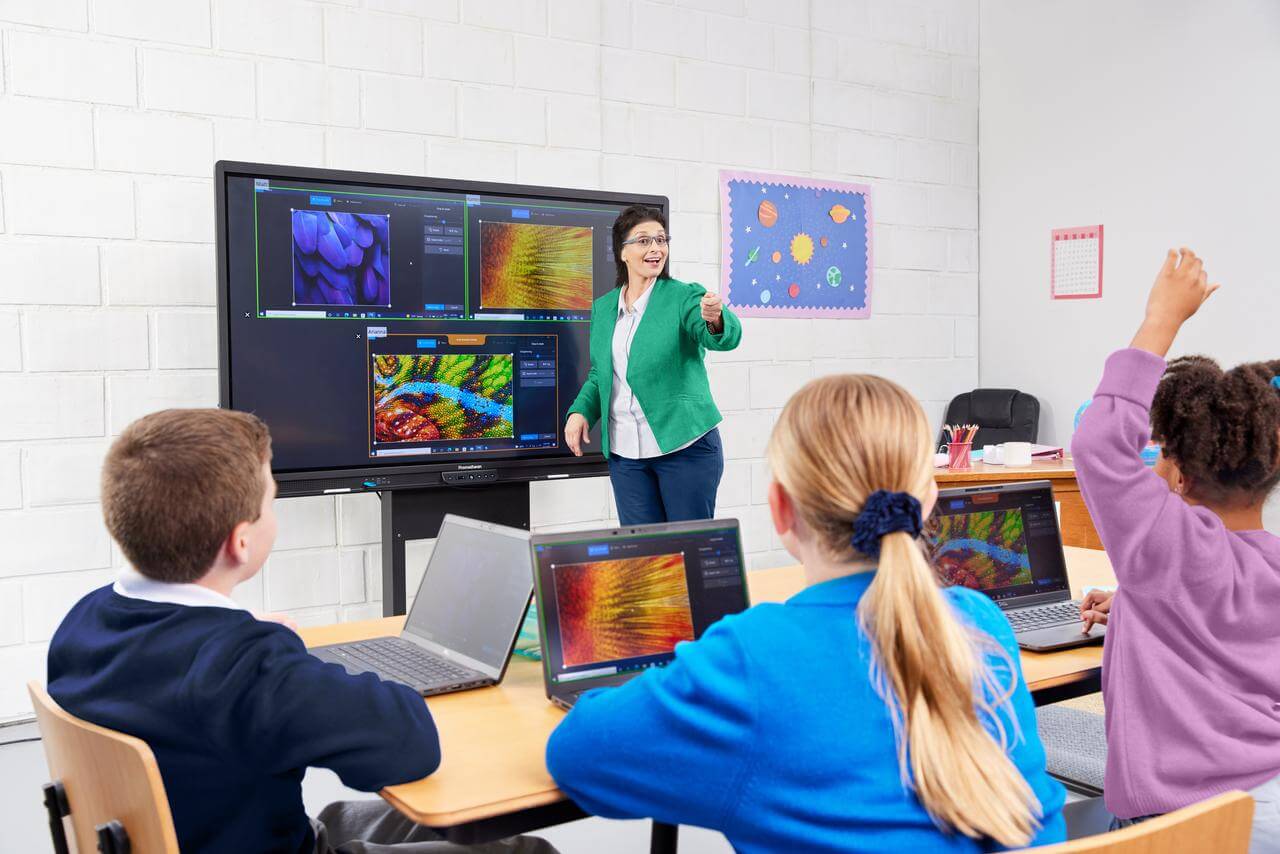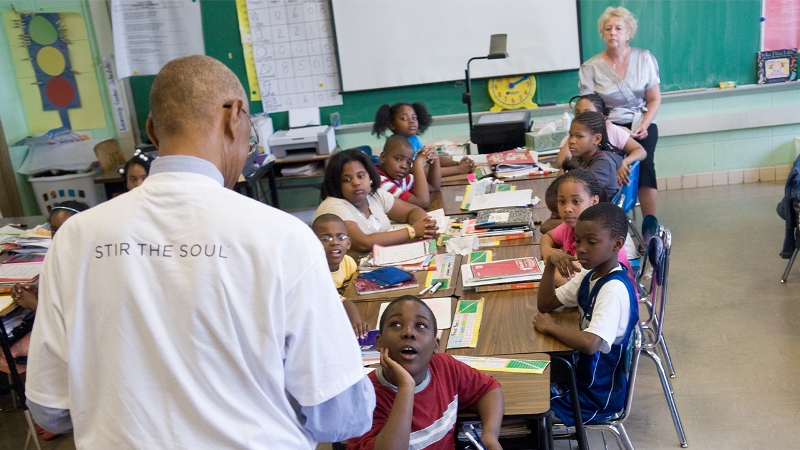Enroll in Primary Science Tuition Singapore for a Strong Science Foundation
Enroll in Primary Science Tuition Singapore for a Strong Science Foundation
Blog Article
Checking Out the Different Mentor Methods in Main Scientific Research Education And Learning Today
Inquiry-based learning, hands-on experiments, and the integration of innovation are redefining how instructors involve young minds. Additionally, collective techniques and distinguished guideline are being utilized to provide to the varied requirements of pupils, boosting both involvement and understanding.
Inquiry-Based Discovering
Inquiry-Based Learning (IBL) is an instructional technique that urges pupils to explore clinical concepts via doubting, examination, and hands-on trial and error. This method highlights the function of students as active individuals in their learning, advertising vital reasoning and problem-solving abilities. By engaging with real-world concerns, students come to be curious and inspired, which boosts their understanding of scientific concepts.
In IBL, instructors function as facilitators, directing students as they browse their queries as opposed to supplying details straight. This student-centered approach permits for differentiation, accommodating different finding out speeds and designs. Pupils establish abilities in formulating theories, making experiments, and evaluating information, which are critical for clinical proficiency.
Furthermore, IBL cultivates collaboration amongst pupils, motivating them to share findings and ideas. This cumulative questions advertises social abilities and a feeling of neighborhood within the class. The process of questions encourages resilience, as trainees find out to embrace failing as a stepping stone towards understanding.
Hands-On Experiments
Hands-on experiments are an essential element of effective science education, complementing the principles of inquiry-based knowing. These experiments allow trainees to involve directly with scientific concepts, fostering a deeper understanding with experiential understanding. By manipulating products and observing outcomes, young learners can understand abstract concepts in tangible means.
Such tasks advertise critical reasoning and analytic skills, as pupils assume results, conduct experiments, and evaluate results. This procedure urges them to ask questions, refine their understanding, and develop a scientific way of thinking. Hands-on experiments can be customized to diverse learning designs, guaranteeing that all students have the chance to involve meaningfully with the content.
Additionally, hands-on experiments typically motivate collaboration amongst peers, advertising team effort and communication skills. Operating in groups allows pupils to share concepts, review findings, and gain from each other, which improves their overall educational experience.
Incorporating hands-on experiments right into the primary scientific research curriculum not just enriches the learning atmosphere however likewise cultivates a lifelong passion in scientific research. By proactively taking part in their education and learning, trainees are most likely to establish a passion for clinical inquiry that extends past the class.

Innovation Integration
Integrating innovation into key science education and learning has ended up being progressively important in promoting student interaction and enhancing learning outcomes. Making use of electronic tools, such as interactive simulations, online laboratories, and educational software application, provides trainees with chances to explore clinical concepts in cutting-edge means. These sources facilitate a much deeper understanding of complex subjects by allowing learners to imagine and control variables that would be impractical in a standard classroom setting.
In addition, technology assimilation motivates individualized learning experiences. Trainees can proceed at their own rate, revisiting difficult principles with multimedia resources, which accommodate different understanding styles. This adaptability not only supports private growth however likewise grows a feeling of freedom in students.
In addition, innovation works as a bridge to real-world science, linking students with present research and expert contributions. Access to on navigate here the internet data sources and scientific journals broadens students' viewpoints on clinical query and cultivates crucial thinking abilities.
Collaborative Understanding
Collective understanding plays a crucial function in main scientific research education and learning by promoting teamwork and interaction skills amongst trainees. This approach motivates students to collaborate, share knowledge, and participate in analytical, which improves their understanding of scientific principles. By joining team activities, students learn to articulate their ideas, listen to varied viewpoints, and discuss solutions, every one of which are important skills in both real-world and academic contexts.

Research study shows that collective discovering can cause boosted motivation and engagement in scientific research topics, as pupils locate enjoyment in shared experiences (primary science tuition Singapore). Furthermore, this strategy prepares students for future collective endeavors, outfitting them with the skills essential for effective teamwork in higher education and learning and professional environments. Inevitably, accepting joint learning in primary scientific research education and learning can substantially improve the discovering experience and advertise a deeper understanding of clinical questions
Set Apart Direction

Distinguished instruction can manifest in numerous ways, such as differing the web content, processes, or products of understanding. For circumstances, educators may utilize tiered assignments that provide varying levels of complexity, enabling trainees to work at their particular readiness degrees. Furthermore, versatile grouping approaches can assist in cooperation among students with various abilities, promoting peer discovering.
Assessment plays a crucial duty in this technique, as it educates instruction and helps instructors comprehend each pupil's special needs. Developmental assessments, such as monitorings and tests, can assist educators in readjusting their strategies to enhance finding out end results. primary science tuition Singapore. Eventually, by applying distinguished instruction in primary science education, instructors can grow a more efficient and equitable knowing environment, equipping all pupils to reach their complete potential in recognizing clinical sensations
Verdict
In recap, the varied training methods in key scientific research education and learning, consisting of inquiry-based knowing, hands-on experiments, innovation combination, collaborative learning, and separated instruction, collectively add to a more effective discovering environment. These methods promote important thinking, analytic skills, and a deeper understanding of scientific ideas. By implementing these techniques, instructors can produce supportive and appealing classrooms that attend to the diverse needs of students, ultimately fostering discover here a long-lasting rate of interest in scientific research and enhancing scholastic achievement.
Inquiry-Based Knowing (IBL) is an instructional technique that motivates pupils to discover clinical concepts via wondering about, examination, and hands-on testing.Joint discovering plays a crucial function in main science education and learning by promoting team effort and communication abilities amongst students.Study suggests that collaborative learning can lead to enhanced inspiration and interaction in science topics, as pupils discover enjoyment in shared experiences.In promoting a comprehensive understanding atmosphere, separated instruction emerges as a crucial technique to accommodate the diverse needs and abilities of pupils in primary science education and learning. Inevitably, by applying differentiated guideline in primary science education, instructors can grow a more efficient and fair understanding setting, equipping all trainees to reach their complete potential in comprehending clinical phenomena.
Report this page